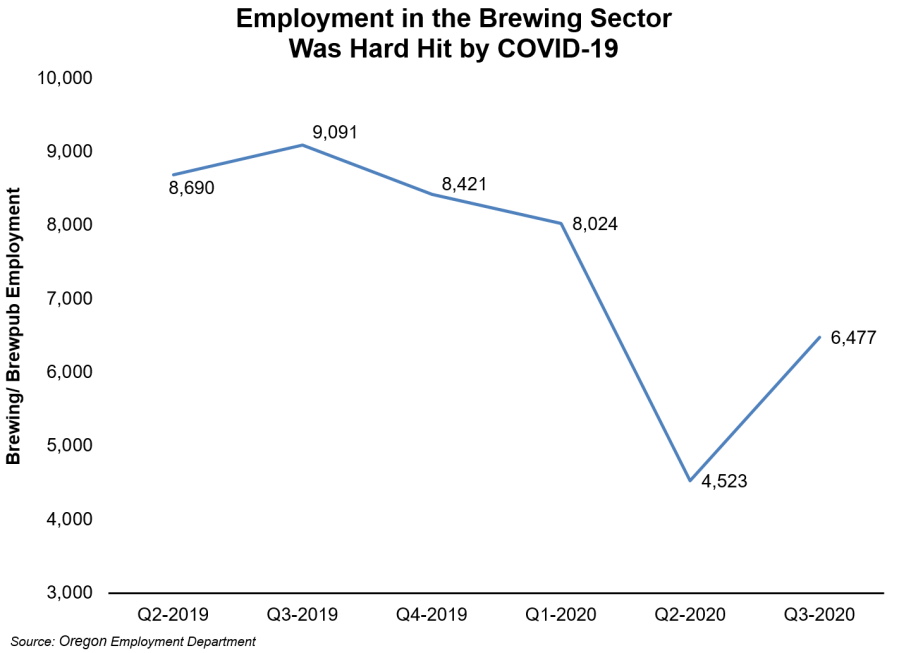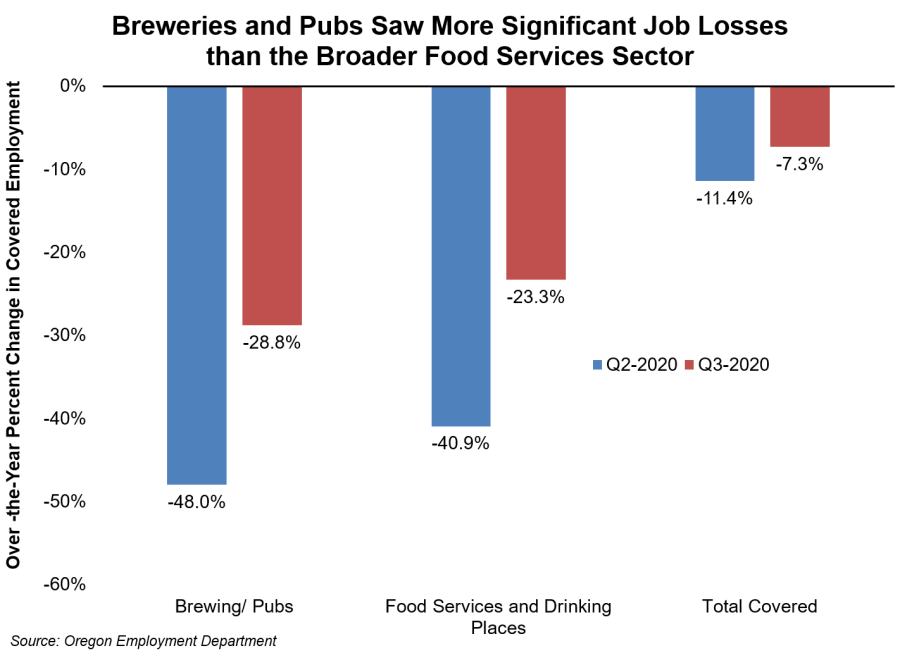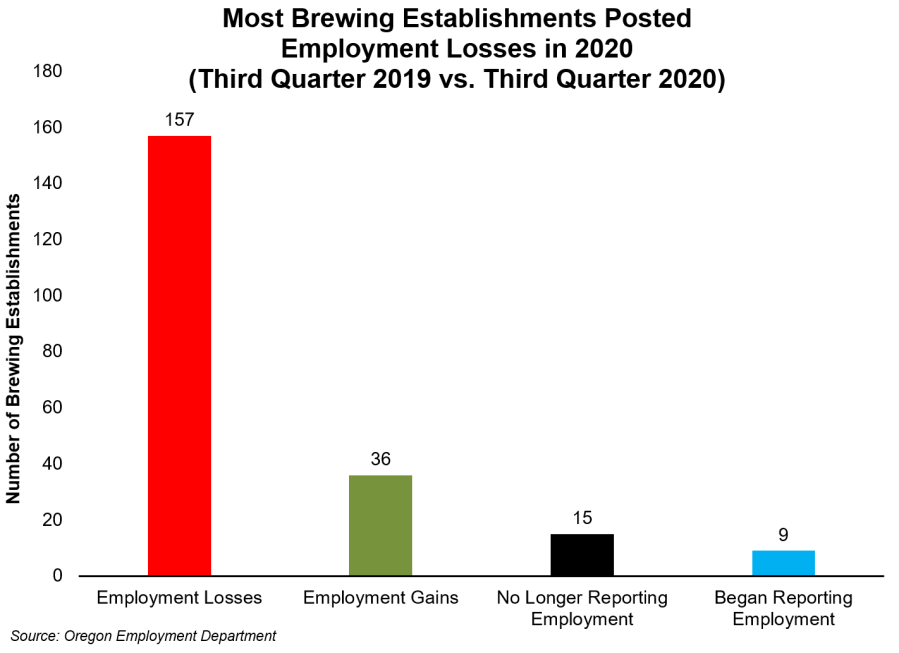PORTLAND, Ore. (KOIN) — After breweries and brewpubs were hit especially hard this past year during the pandemic, many of those business owners now say they are having trouble finding people to hire back on to their team after previously having to slash staff to cut costs.
Sonia Marie Leikam, owner of Leikiam Brewing in Portland, said the biggest financial losses came from not being able to put butts-in-seats at their recently opened taproom on East Burnside. The establishment was opened just prior to the pandemic, but has been closed for dine-in seating for over a year now.
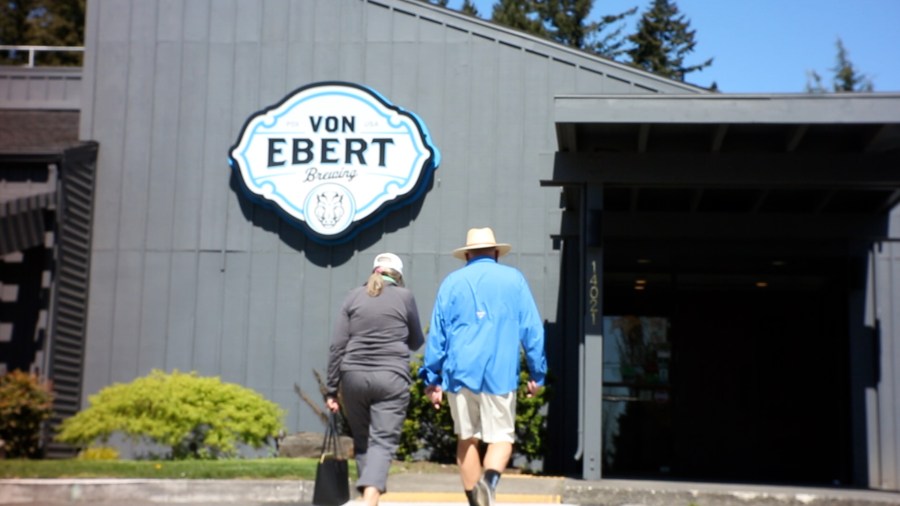
“When folks come to get a pint from you, not only are you able to sort of build community and get instant feedback, but financially, profit margin is the largest when you have folks sitting in a seat and drinking a beer directly from you,” said Leikam, who has a full time job as a teacher in addition to owning and operating the brewery with her husband .
“We were really poised for me to transition into the brewery and to have us live as a family off of our income. And that didn’t happen,” she said.
Leikam’s only two staff members quit during the pandemic, leaving the running of the business to just her and her husband. With three children at home to care for, it was an “impossible task” for the majority of the pandemic to try to take on the duty of running their newly minted taproom on top of everything else.
According to Damon Runberg, Regional Economist with Oregon Employment Department, breweries were impacted by the initial COVID shutdown last year on two fronts: Breweries’ dine-in establishments had to be shuttered and their keg sales dropped from other restaurants also shutting down.
“Typically, in the spring, we actually see seasonal hiring in the brewing sector,” Runberg said
That seasonal hiring trend likely has to do with a number of factors, including people wanting to go out more when the weather is nice and go to gathering places that serve beer to socialize, brewpubs having expanded outdoor dining that opens up seasonally to capitalize on that nice weather, and people generally shaking off the winter hibernation state of the previous season.
But in the second quarter of 2020, covered employment dropped in the industry by a staggering 3,500 jobs, or down by 43% from the first quarter of 2020, which Runberg said is likely an undercount of the true impact due to that count not being seasonally adjusted.
When compared to the number of employees breweries had during the same second quarter the year previous, it is a job loss of 48%. By contrast, the broader food services and drinking places of Oregon saw a job loss of about 41% in the second quarter of 2020 compared to the year previous.
When an initial V-shaped recovery did occur in Oregon last summer, in the third quarter of 2020, breweries still remained down by around 29% from 2019 levels. That’s even more significant than the job losses in food services and drinking places, which were down by about 23% in third quarter 2020 compared to the prior year, Runberg said.
Overall, of the 217 brewing establishments that reported payroll last year, 157 had employment losses.
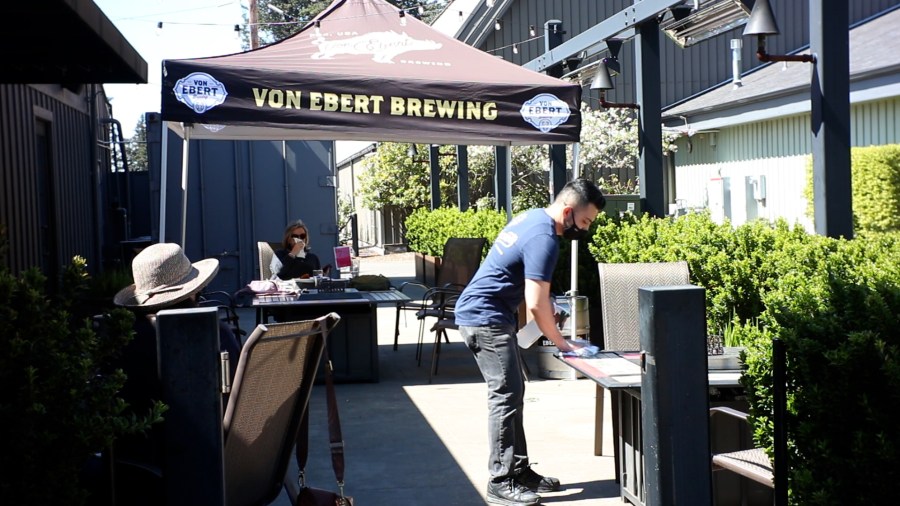
However Runberg said he doesn’t think there was a sizable number of actual business losses or closures of breweries because of COVID.
He said while there were 15 brewing establishments that stopped reporting employment last year, a handful of them announced they were closing before the pandemic made an impact stateside. In addition, there were around nine brewing establishments that reported employment for the first time during COVID.
“And when you net those two out, it’s almost a wash. There probably wasn’t a big net loss of actual businesses, brewing establishments, in the last year, which is good news,” Runberg said.
Bucking the trend were 36 brewing establishments that actually reported employment gains last year.
And it wasn’t just job losses that were reported last year, but barrel losses, too.
According to data from Oregon Liquor Control Commission, as reported by the Oregon Beverage Alliance, Oregon sold 22% less beer in 2020 compared to 2019–a reduction of 324,169 barrels. In addition, 41 fewer Oregon brewers reported selling beer in 2020.
To find out how brewing establishments are doing after most reported significant job losses throughout the industry, KOIN 6 News reached out to several Metro area breweries, as well as the Oregon Brewers Guild, a non-profit which advocates for, and represents, Oregon breweries.
Christina LaRue, Oregon Brewers Guild’s Executive Director, told KOIN 6 News that around 90% of draft beer was eliminated practically overnight when the shut down first occurred last March. Nationwide, the amount of draft beer that expired while in the hands of retailers during the initial lockdown in spring 2020 was about 10 million gallons.
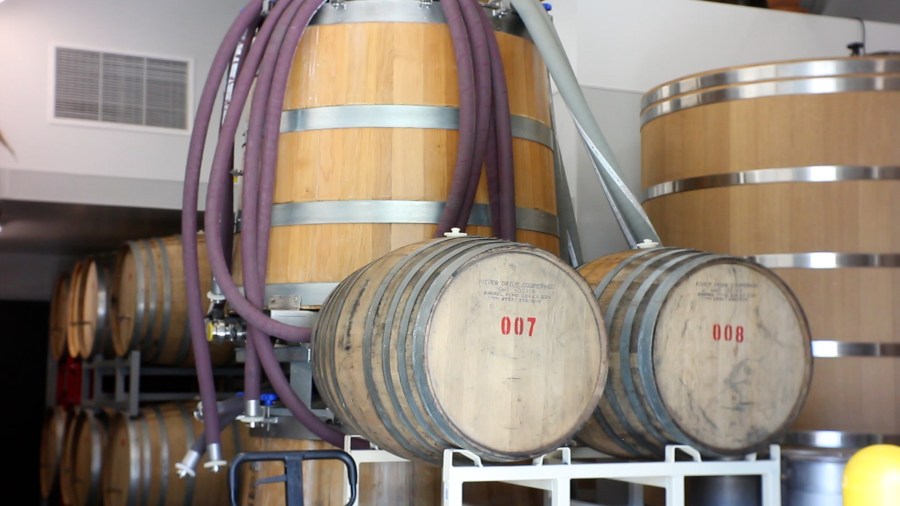
Since then, many breweries have been experiencing significant revenue losses from having not only dwindling draft sales, but their own pubs and tasting rooms being shut down. At that point, there was a focus industry-wide to switch from draft into packaged beer.
“Our goal was to try to help them try to find avenues to do that–connecting them with mobile canners, helping them navigate through that packaging process, how to allocate cans,” LaRue said.
That switch to packaged distribution was complicated due to an aluminum can shortage in the U.S. The supply chain disruption occasioned higher prices for cans, with breweries having to find alternative solutions, like buying cans from Canada, or switching up their normal sizes they would use–like going from 12 ounce cans to 16 ounce cans and re-negotiating shelf space allocations at stores.
Historic wildfires that razed communities throughout Oregon in 2020 also affected fall hop harvesting, Leikam said.
“It’s not just the fact that we don’t have people drinking our beer. It’s much bigger than that. Yes, people drinking our beer, we would love that. But even just getting that beer into a can and to a person, with less staff and less materials and higher cost associated with those materials, has been a really big challenge,” she said.
Another challenge was navigating what federal aid was available, such as Paycheck Protection Program loans, Leikam said. Due to having taken out loans immediately prior to the pandemic, in order to open their taproom, she said the federal loan program wasn’t as helpful to the small company as she’d hoped. Leikam said it isn’t looking as if 2021 will be in the black for the business, just as it hadn’t been the year before.
Both Runberg, the economist, and LaRue said they are cautiously optimistic the brewing industry will make somewhat a return to a sense of normalcy as more and more people get vaccinated over the coming months. That potential economic boon won’t be to the point of pre-pandemic levels, Runberg said, but it may be a significant leg up from what they’ve seen the past year.
“I think this sort of spring-into-summer hiring period that normally happens, it’s normally a seasonal boost that they get there, is going to be sort of off the charts compared to a normal year,” Runberg said.
However many brewery owners told KOIN 6 News they were frustrated at the seemingly constant yo-yo-ing of counties bouncing up and down the risk level scale. And they said, so far, not many people are applying to work at their brew pubs.
Colin Rath, Co-Founder and Director of Pubs for Migration Brewing, said he was caught off guard when Multnomah County made the switch from moderate to high risk in early April, with officials only giving a couple days warning ahead of time, rather than the normal one week warning (23 counties are now considered to be in the high risk category). That lack of planning time makes it difficult to allocate for how much food or staff owners prepare to have on hand, as it lowers the indoor dining capacity from 50% to 25%.
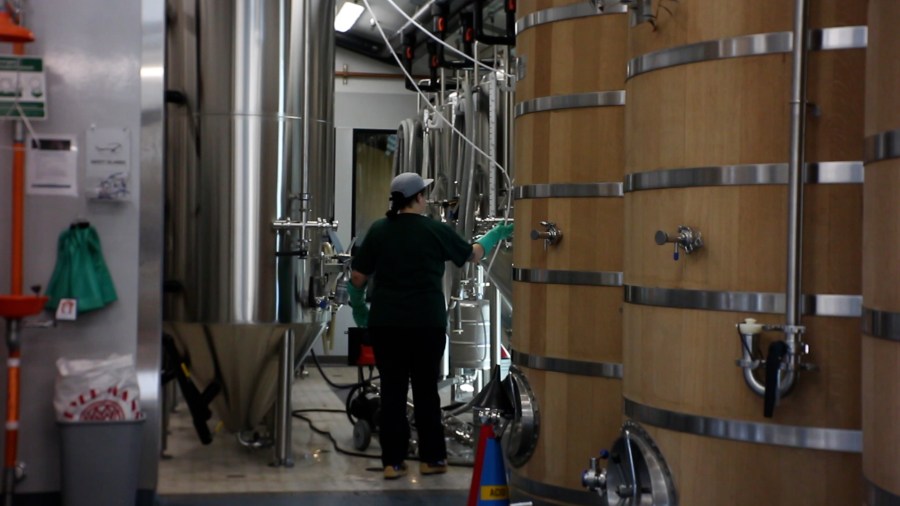
However Rath said he feels fortunate that all four of Migration Brewing’s locations have outdoor patio dining options, including a mostly outdoors rooftop penthouse location on SW 17th, which was opened last year.
Back when the pandemic first hit, Rath said they had to let go of all 50 staff members, besides just a handful of people–the head brewer and founders.
Now that the company is gearing up for potentially an influx of business for the summer, assuming vaccine rollout continues to accelerate in the state and more businesses can eventually open back up, Rath said the challenge now is finding people to hire.
“The biggest hurdle we’re seeing is actually hiring people,” he said.
The concern was echoed by all of the brewery owners KOIN 6 reached out for this report, including from Dominick Iaderaia, Von Ebert Brewing’s Director of Operations.
Iaderaia said they have received a decent pool of manager job applicants, but it’s practically slim to nothing for the hourly workers.
“This year, more than I’ve ever seen, people are scheduling interviews and then just not even showing up. It’s very strange,” he said.
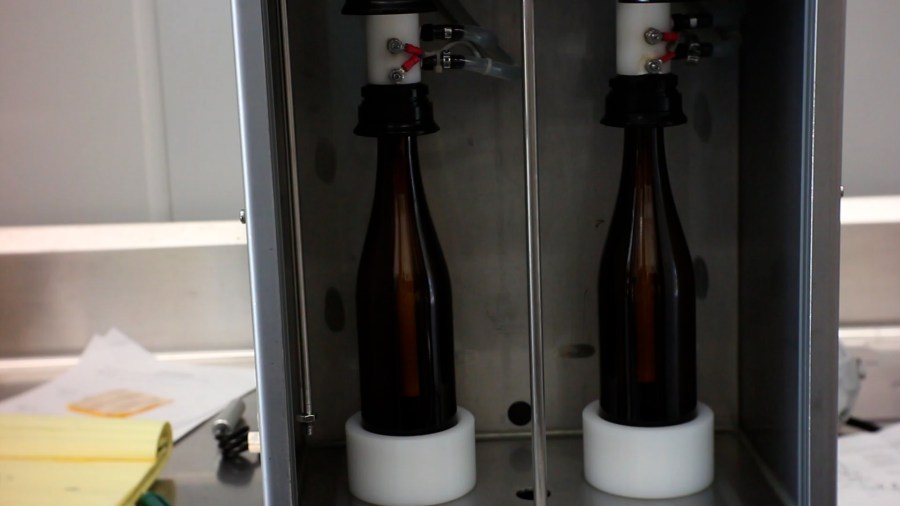
Iaderaia said he thinks the lack of applicants has to do with safety concerns for working in a restaurant during the pandemic, as well as the instability of the constant changes in risk levels.
In addition, he said he thinks people are more motivated to stay on unemployment, which will continue to have an extra $300 boost until early September, as part of the passage by Congress of the most recent $1.9 trillion COVID-19 relief plan.
Iaderaia is also working to expand the outdoor dining patio at their Northeast Glisan St. location in hopes of increasing their overall capacity for customers.
In terms of the canning shortage issues, Iaderaia said Von Ebert had been fortunate in that they experienced no major hiccups in that regard. The company was already using a mobile canning company, called Vice, that were able to provide 16 ounce cans.
Von Ebert also expanded their distribution during the pandemic, with sales coming in from central Oregon, self distribution in Seattle, and soon expanding to Idaho as well.
“For us, it was more of a way to kind of expand our footprint to get the volume back,” said Kristin White, Sales and Marketing Manager for Von Bert Brewing.
Leikam brewing also saw an expansion of their sales to out of state, optimizing their niche market of being one of only a few 100% kosher certified brewers in the nation. The company now ships to places like Florida, New York, New Jersey and Texas.
Leikam’s taproom does have a beer window for to-go orders, with intermittent hours. And they host a food cart on the property, for which they are not charging any rent, to help draw customers.
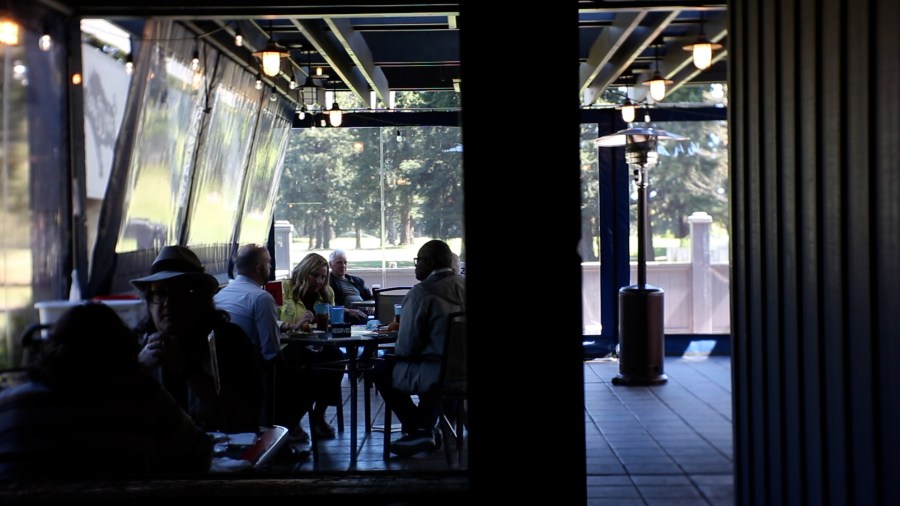
In preparation for when the taproom is hopefully, eventually opened back up for dine-in, Leikam said she is investing in a new HVAC system, new windows and new outdoor patios, additions that are taking longer and costing more than anticipated.
The company is also continuing its subscription service, which brings beer to customers via home deliveries, a model that they championed even before the pandemic. Many other breweries have also taken up home deliveries, including Von Ebert, to help boost sales this past year.
In terms of her expectations this summer, with both vaccine roll-out continuing to ramp up but many counties recently being bumped back up to high risk, Leikam said: “I am eternally hopeful, but I am very tired.”
“We’re still moving forward. We’re hoping that with our production increasing, that will allow us to get mobile canners in and continue to grow our whole sale accounts,” Leikam said. “The bottom line is, that those accounts don’t have the same profit margin. And they just cannot replace butts in seats”.
